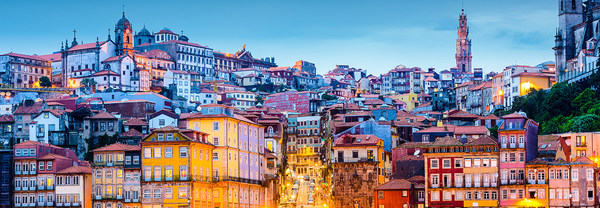HANGZHOU, China, Aug. 5, 2022 /PRNewswire/ — Low-light imaging technology goes much further in protecting worksites, people, and assets during night time and off-duty hours. This critical technology is now applied to a much more diverse range of security products and getting integrated with AI capabilities. With that integration comes the benefits of cameras that "see in the dark in full color," reaching more kinds of security settings and scenarios.

Hikvision Blog – Low-light imaging being applied to more types of cameras, and integrated with AI capabilities
Video security cameras need to maintain image clarity and capture details in any weather and in various conditions. More crucially, they need to do so both in day light and at night. For this reason, cameras with low light imaging technology that render high-definition and full-color images in nearly completely dark environments have become increasingly sought-after in the security industry, and customers have shown a preference toward cameras with 24/7 color imaging.
But different security scenarios require different points of view, various angles, and AI capabilities, and that means that just one type of camera can never provide the one-of-a-kind security and safety application that organizations need. As a result, low-light, full-color imaging capabilities are now being built into a much wider range of security cameras, to meet more video security requirements and scenarios.
More types of cameras being featured with low-light imaging
Large, wide open areas can be very difficult to secure, especially at night. Now we see that panoramic cameras with low-light imaging technology, which can provide a seamless 180-degree view in full color at night, have become available in the market. The application provides reliable 24/7 security in expansive indoor and outdoor locations such as parks, scenic areas, farms, stadiums, and traffic intersections that require wide-angle views, along with vivid color images to fully present the details of an event and inform an appropriate response.
Integrating low-light imaging with vari-focal cameras has been another practical approach that is in demand. When a security event is detected, vari-focal cameras with low-light imaging enable users to zoom in to get a close-up view in color, which is very helpful for situational awareness.
Customers who require the absolute highest resolution for incident detection and video evidence collection choose cameras equipped for 4K or higher resolution. However, these cameras must be equipped with low-light, full-color imaging technology to ensure that the clear, crisp imaging that characterizes 4K is not degraded, even in dark areas or at night. This application can be applied across a wide range of scenarios including parking lots, airports, harbors, and stadiums, where clear and high-resolution images are necessary.
Automating security at night with AI capabilities
Ensuring that cameras are equipped with low-light imaging and AI can be extremely useful. Color images at night provided by low light imaging can be better analyzed by AI technology, enabling customers to automatically detect certain types of targets or security events. This allows security teams to focus on incidents that matter at night by automatically distinguishing people and vehicles from other moving targets such as rain, leaves and animals. Alarms only get triggered when real threats are detected, allowing security teams to respond faster and more effectively.
Low-light imaging technology evolving into two-sensor design
As the popularity of low-light imaging applications in the video security industry evolves, the technology itself is also evolving. For many years, cameras with IR illumination that only produced black-and-white images at night used to dominate the market. Then we come to the era of low-light imaging with full-color images, using a larger sensor with a larger aperture in the camera, pulling in more light compared to a conventional camera to maintain daytime-like color images in low-light conditions.
Now we are seeing a dual-sensor design for low-light imaging emerge. Inspired by the process human eyes use to perceive color and brightness, this innovative design employs two sensors – one for IR imaging, guaranteeing brightness and sharpness, and the other for visible light, guaranteeing vivid color reproduction. Signals from the two sensors then are combined to create one bright, full-color image in low-light conditions.
Driven by strong market demands, we expect to see low-light, full-color imaging applied in ever wider ranges of cameras and scenarios. And from a technology perspective, we believe that the dual-sensor technology approach will become the trend in this arena of imaging in the coming years.
Find out more
To learn more about low-light imaging, or how Hikvision products provide excellent low-light imaging with cutting-edge technologies such as ColorVu and DarkfighterX, please visit the website. You can also contact us and we’ll be happy to help.



